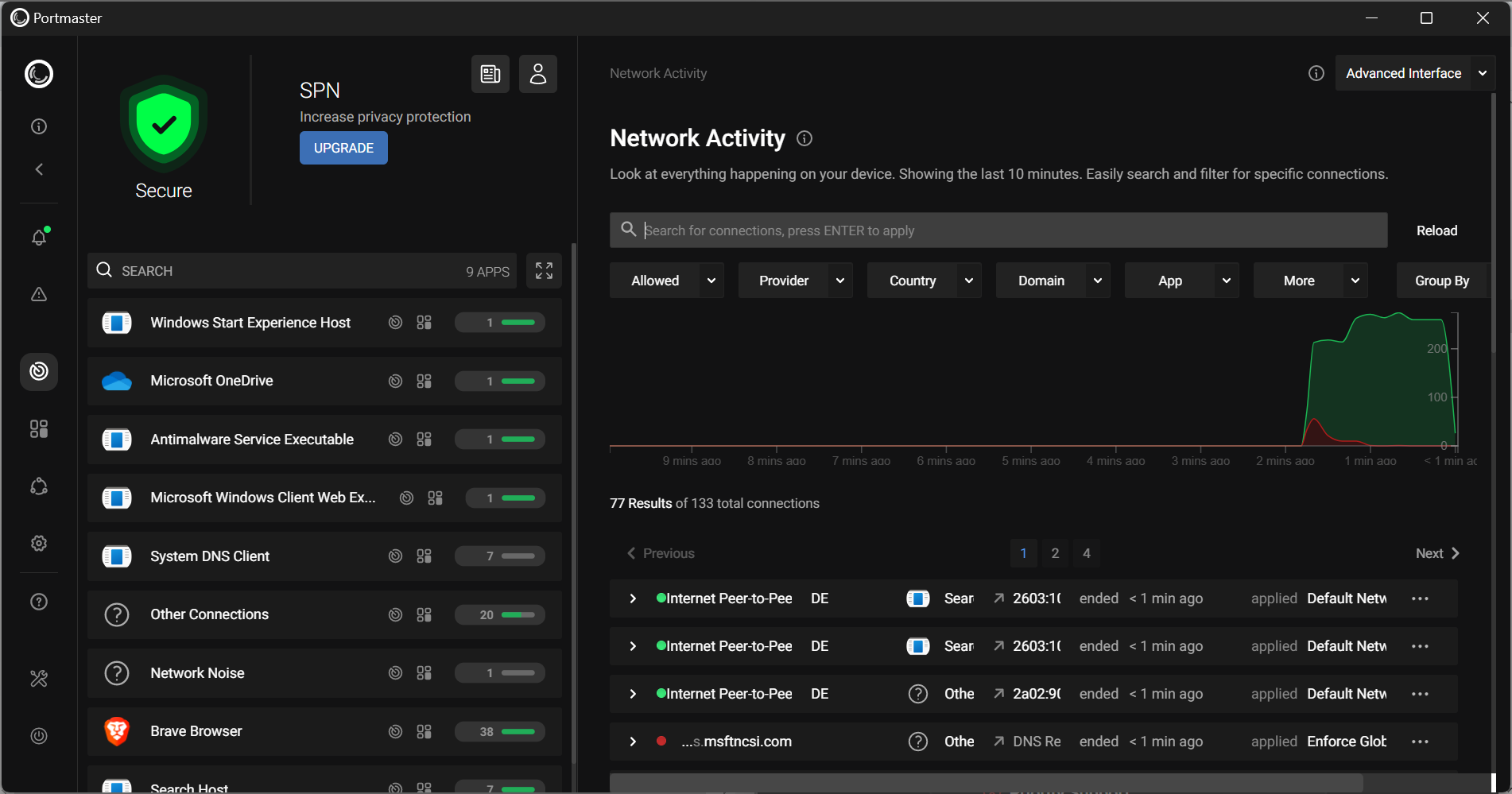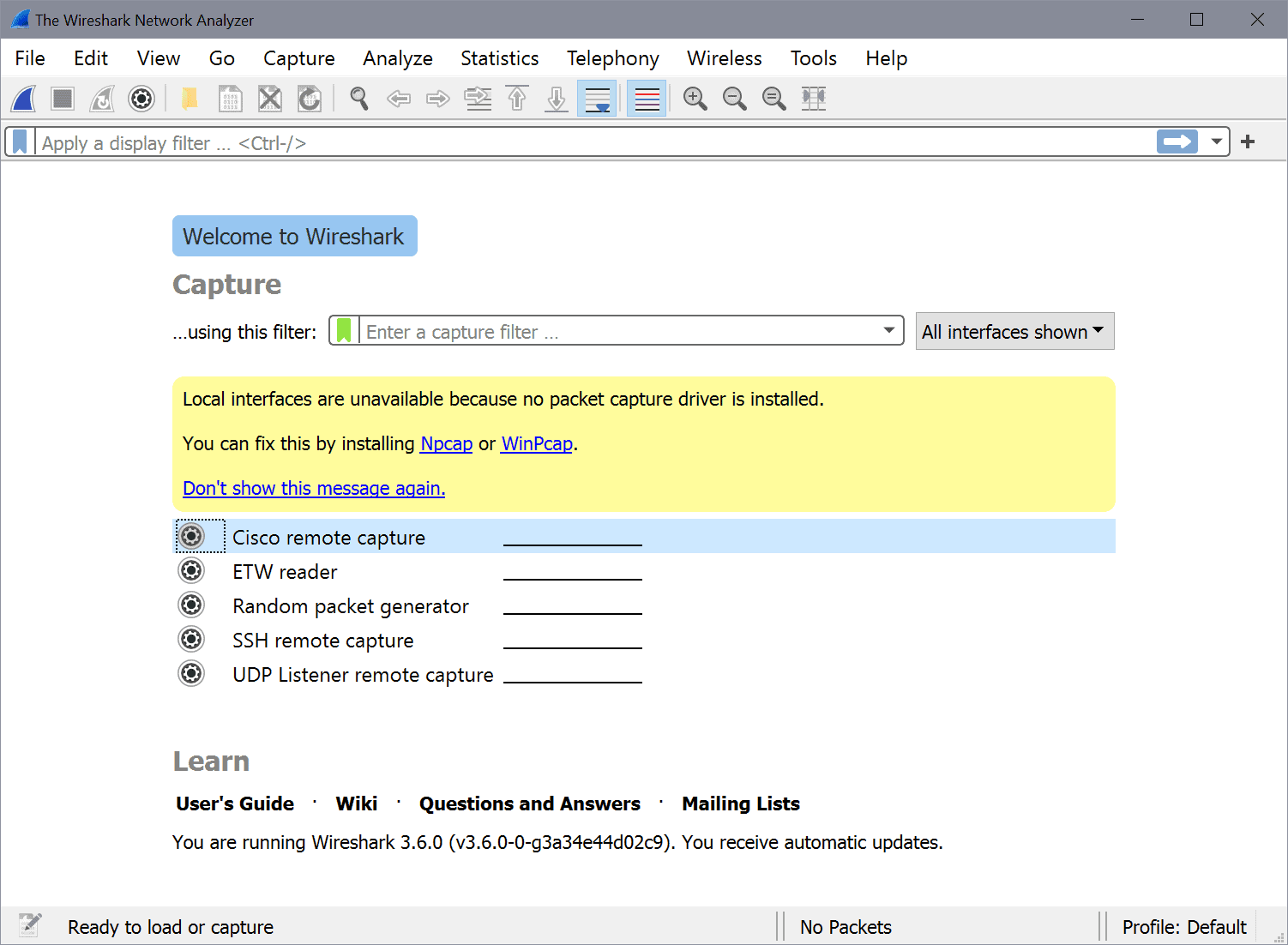Securely copy files with scp
I have to copy files from machine to machine all the time. Most of the time this copying is done over a network connection. When using that transport method I always like to ensure my copying is being done securely. Fortunately Linux has an app for that (sorry, couldn't resist). That app is scp.
Scp is a part of the secure shell application. If you have installed ssh (secure shell) then you have scp installed on your machine. The only problem with scp is figuring out exactly how to use it. It's not predictable and the man page is absolutely no help. That's where gHacks comes in. In this article you will learn how to securely copy files from one machine to another using scp.
The Setup
Let's first get out of the way the setup of a test network. We'll use MachineA, with an IP address of 192.168.1.1, for the local machine and MachineB, with an IP address of 192.168.1.2, for the remote machine. Both machines will be Linux machines and both will have ssh installed. For the examples we will be copying the file sample.pdf and the directory /home/jlwallen/TEMP. The username we will use is jlwallen.
The syntax
The syntax of the scp command is basically:
scp FILENAME USERNAME@ADDRESS_OF_REMOTE_SERVER:FILENAME
One very important issue is that the FILENAME should be the full path to the file to be copied.
Copy file from A to B (While logged into A)
To copy sample.pdf from A to B when you're logged into A issue the command:
scp /home/jlwallen/sample.pdf jlwallen@192.168.1.2:/home/jlwallen/sample.pdf
You will be prompted for jlwallen's password. Once you enter that password the copy will occur.
Copy file from A to B (While logged into B)
scp jlwallen@192.168.1.1:/home/jlwallen/sample.pdf /home/jlwallen/sample.pdf
You will be prompted for jlwallen's password.
Copy Directory from A to B(While logged into A)
scp -r /home/jlwallen/TEMP jlwallen@192.168.1.2:/home/jlwallen/TEMP
You will be prompted for jlwallen's password. This command will copy the entire contents of the TEMP directory.
Copy Director from B to A (While logged into B)
scp -r jlwallen@192.168.1.1:/home/jlwallen/TEMP /home/jlwallen/TEMP
Pretty simple stuff once you actually know the structure of the command.
Make it passwordless
If you're like me you like to automate things. You can do this with scp but you have to set it up so you can log in without passwords. The best way to do this is by using keys. Here is how it is done:
On the local machine generate a keypair with the following:
ssh-keygen -t rsa
You will accept the defaults and just hit enter. Do not give this a passphrase.
This will generate two files in the ~/.ssh directory: id_rsa and id_rsa.pub. You need to first give your id_rsa the right permissions with the command chmod 700 ~/.ssh/id_rsa. Now you need to copy the id_rsa.pub file over to the server you want to log into. Do this with the command:
scp ~/.ssh/id_rsa.pub 192.168.1.2:~/.ssh/authorized_keys
Now log into the remote machine (via ssh) and make sure the ~/.ssh directory has the right permissions with the command chmod 700 .ssh
The next step is to configure ssh and sshd. On the local machine open up the file /etc/ssh/ssh_config and look for the line:
ForwardAgent yes
This line will most likely be commented out. Remove the "#" character and save the file.
Now on the remote machine open up the /etc/ssh/sshd_config file and make sure you have the following lines:
RSAAuthentication yes
PubkeyAuthentication yes
AuthorizedKeysFile????? .ssh/authorized_keys
Save that file and restart sshd with the command /etc/rc.d/init.d/sshd restart
Back on the local machine issue the two following commands:
ssh-agent
ssh-add
You shouldn't be prompted for a password for the second command.
Now attempt to ssh to the remote machine like so:
ssh 192.168.1.2
You should not be prompted for a password. You are now able to ssh and scp without having to enter a password.
Final Thoughts
Now that you know how to scp (and do so without user intervention), you can create all sorts of fun automated backup scripts that will backup a local machine to a remote server. There is one warning I will issue: if someone can get your id_rsa file they might be able to get into your machine. So make sure the machine that holds that file is safe.
Advertisement
















In response to Markus, if you just check the exit code of scp, it will be 0 for success or something else for some kind of error.
Hi All
This is really a useful and the content is pretty simple. It is exactly giving the information for my requirements. Thanks the author of this page and publisher.
Cheers
BayyannaAnithaGoud
hey jack,
nice post, but what if the connection breaks and you are not sure if the file was really transfered?
a better tool for transfering files is rsync which can be used with ssh, either
for example
rsync -ave ssh remoteuser@remotehost:/userhome /copy/here
for options etc see man rsync or http://everythinglinux.org/rsync/
cheers, Markus
Jack –
Great article! One extra tip for you (I just learned this myself a few weeks ago). If you don’t specify a directory for the destination, if you just put “:” it will default to the user’s home directory.
For example:
scp filex brad@myhost.com:
will drop filex into brad’s home directory at myhost.com. Saves a little bit of typing.
-Brad
Jack, i realy can understand that you want to live overhere. I was in the seventies a few times in the U.S.A. and i was very deaply striken (hit) by the total (financiel and mentaly) poornes, of the U.S.A. in total. And because i followed the U.S.A. closely from the seventies i saw the declining line going futher and futher down. My advies to the U.S.A. forbid all wapons for private people, make healthcare affordable and realy jack the training for especially the socially disadvantaged. And one more advice to the U.S.A. less 90210 (less Nietzsche and more Schopenhauer).
Paulus: My family tree begins in the Netherlands, but I live in the United States. My wife and I certainly wish we lived in the Netherlands!
Great read for a great app. But now something completely different Jack. Are you from the Netherlands, with that sirname? Wallen ( this is the name of the read district in Amsterdam, the Netherlands).